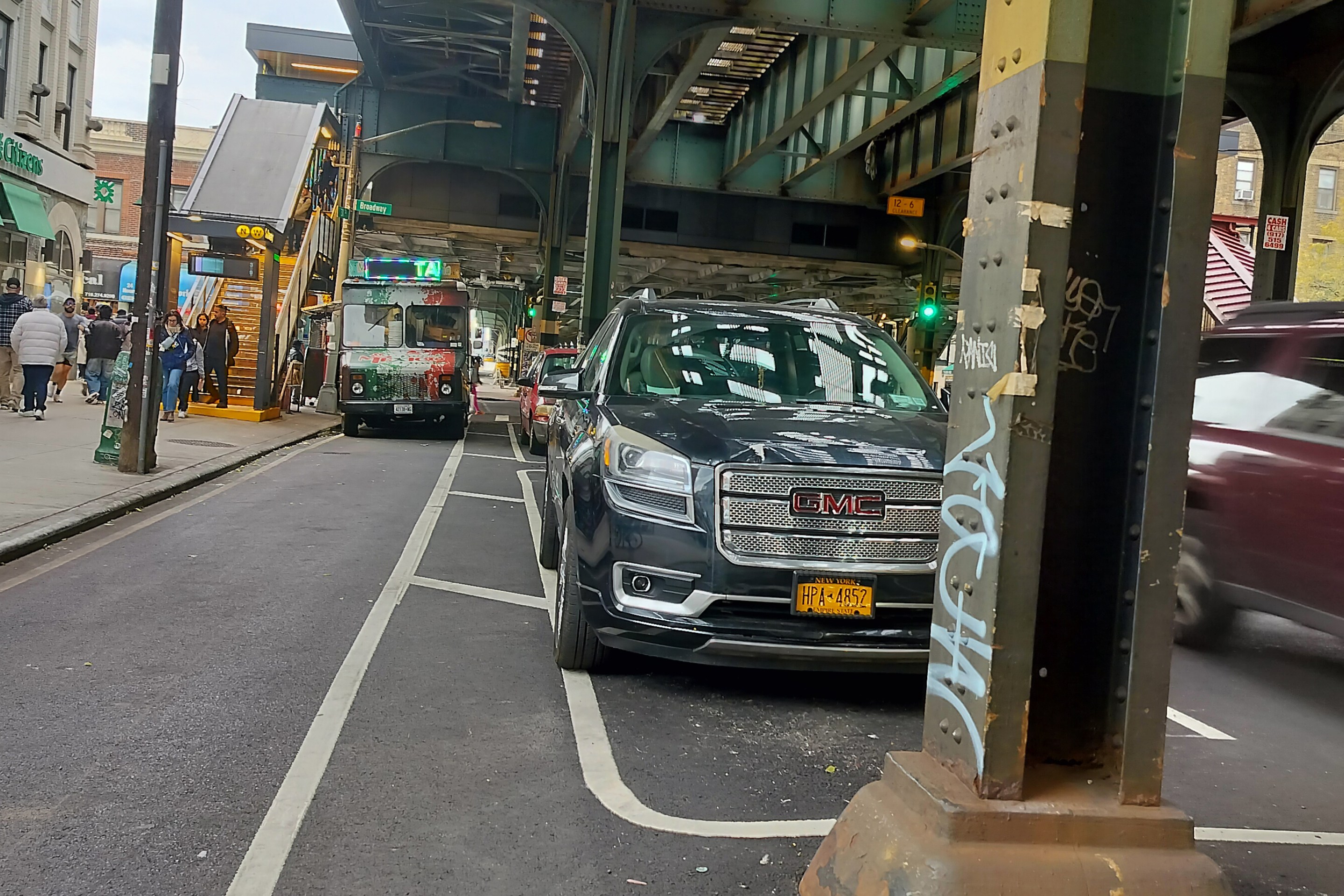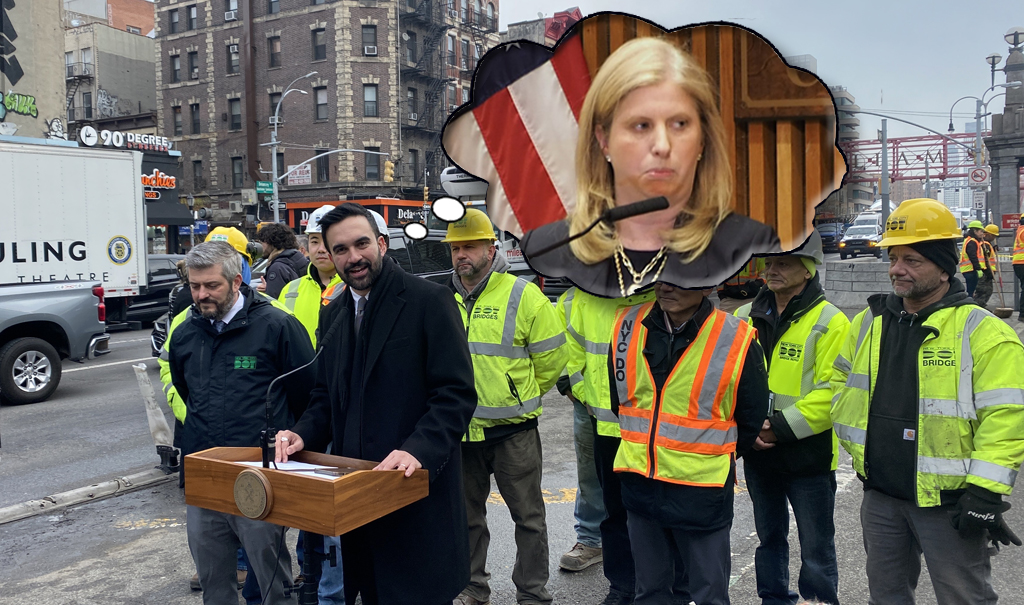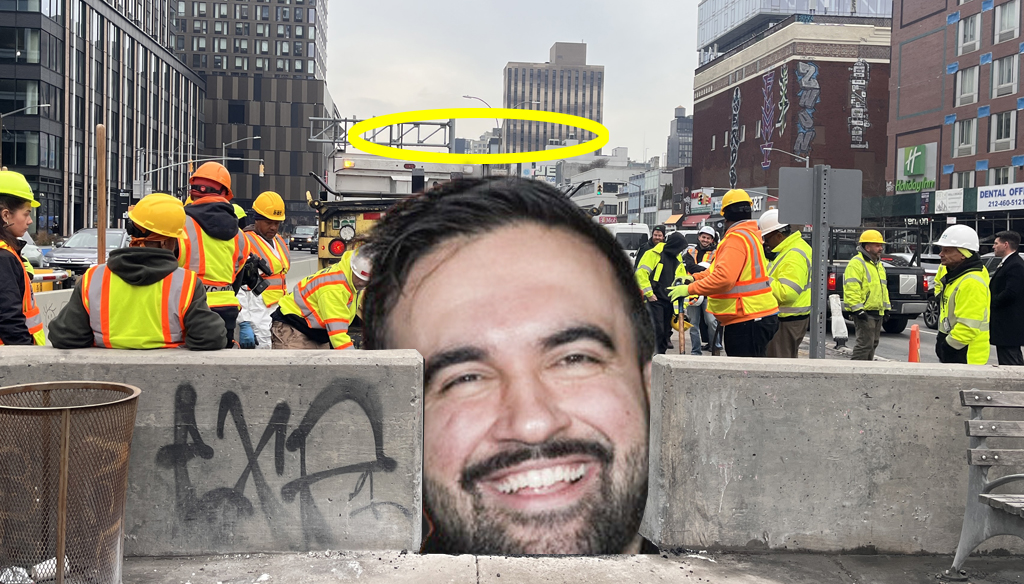Meet Darren Flenoy, a Bay Area security guard who lives 40 miles from work. Gas costs him about $500 a month. His car payment is another $500. On top of that, he spends $80 per month on insurance and $180 on tolls.
In total, Darren's commute costs him half of his monthly income. He must work seven days a week to make ends meet.
Then there's Ro, a 23-year-old recent college graduate who lives with her parents in Vallejo, California. To reach her job in San Francisco, she must commute 20 miles in her 1994 Nissan Pathfinder to a BART station.
Gas costs her $20 to $30 dollars per day. Sometimes in order to make ends meet, she skips lunch.
There are thousands -- millions -- of Americans with stories just like theirs. A Georgia mother who commutes two hours daily. A college student who uses student loans to pay for gas. A contractor whose unpredictable gas expenses force him to reduce staff.
These people and others are sharing their stories on a blog called The Energy Trap. The premise of the project, run by the New America Foundation's Lisa Margonelli, is that because many Americans have so few choices outside of automobile travel, they are effectively “trapped” in a vicious cycle where they must own a car to hold a job, but the cost of their commute consumes much of their income. For an average American household with an annual income of $50,000, car ownership costs about $8,000 a year — more than they will pay in taxes or spend on healthcare.
All told, Americans spend $489 billion annually on gasoline. Every 25-cent increase in the price of gas costs households $90 million per day. That's hitting a lot of Americans very hard, especially right now as real wages stagnate and unemployment levels remain high.
The problem isn't that gas prices are too high per se -- in fact, many say they're not high enough -- but that commuters don't have adequate transportation options for getting to work affordably.
"There are many ways to spring the Energy Trap; first we need to recognize how much it's cramping both family budgets and the economy at large," the project website states. "Figuring out new ways to get people to work will leave more money in their pockets and reduce traffic jams, pollution, and greenhouse gas emissions, while allowing Americans to choose how much we spend for gas."





